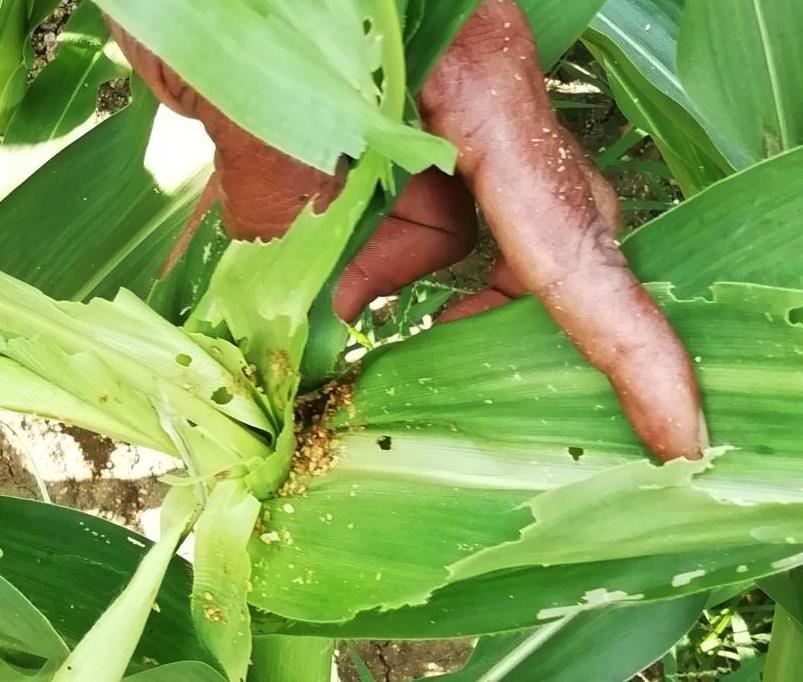Bhubaneswar: A workshop-cum-training on awareness-cum-skill development for management of a newly detected pest was organised at Krushi Bhawan in Bhubaneswar Monday.
The workshop was organised by state Agriculture and Farmer Empowerment department in association with Central Integrated Pest Management Centre, Bhubaneswar.
At the workshop, agriculture officers, scientists and experts from Chhattisgarh and West Bengal along with scientists from Odisha discussed the eradication and process of elimination of the new pest, known as Fall Army Worm (FAW). It is a new invasive pest that was detected in Karnataka in 2018.
It was first detected in Africa in early 2016 and from there it spread to other countries of Africa and Asia. In nine months since it was detected in India in 2018, the pest has spread to 10 states – Karnataka, Tamil Nadu, Telangana, Maharashtra, Uttar Pradesh, Punjab, Chhattisgarh West Bengal, Gujarat and Odisha – causing widespread crop damage. FAW is considered to be one the deadliest pests.
In Odisha, Nabarangpur, Keonjhar and Gajapati districts had recorded the presence of this pest. There FAW infested several crops, especially maize, which is the third most important cereal crop in India after rice and wheat. It accounts for 9 per cent of the total food grain production in the country.
On the occasion, M. Muthukumar, Director of Agriculture and Food Production, said that the Fall Army Worm attack had created havoc in many states in the last two years. He said that as identification of the pest is very important field tests must be conducted.
Citing research, he said, “Fall Army Worm, a caterpillar, got the name because it invades croplands in droves, much like an army. It has rapidly spread across Asia since it was detected in southern India late last year. Fields in Bangladesh, Myanmar, Vietnam, Indonesia and Taiwan have fallen victims to the pest.
“In Thailand, it has badly affected the country’s corn crop, much of which is sold to the animal feed industry. The FAW threat is much bigger, in terms of extent of damage caused to both the crop varieties and the area.”
At the workshop, the agriculture officers will be given training in detection and eradication of the pest. The trainees will then give training to farmers of several blocks in the state.
Sophio Riphung, Assistant Director of Central Integrated Pest Management Centre, said, “The important steps to be taken into account are timely application of plant protection measures to avoid spreading, creation of awareness among the stakeholders and management strategies at community level.”
The pest can cause complete devastation of the plant within a week if appropriate measures are not taken. The infestation normally starts with the larvae feeding on the tender shoots and leaves by scraping and migrating to the whorls resulting in silvery transparent membrane on the leaves with faecal matter in the infested whorls.
Handpicking and destruction of egg masses and neonate larvae in mass by crushing or immersion in kerosene water are some of the measures of FAW pest control.
OUAT Vice Chancellor Pawan Kumar Agarwal said that as the Fall Army Worm has the ability to resist pesticides, the farmers have great difficulty in eradicating this invasive insect. However, one significant feature of FAW is, after consuming the leaves it crawls inside the shoot of the plant. “Until the authorities find a proper solution, it is important to remove the worm with your hands, when you spot it on crops. Or else you can use the pesticides relevant to the Spodoptera insect species. It is essential to inform the relevant authorities if you find this pest in your area,” he said.
Minister Arun Sahoo said that the farmers and local officers must inform the Director of Agriculture first if they detect. He said that the OUAT scientists must take it seriously and try to control the deadly pest.
